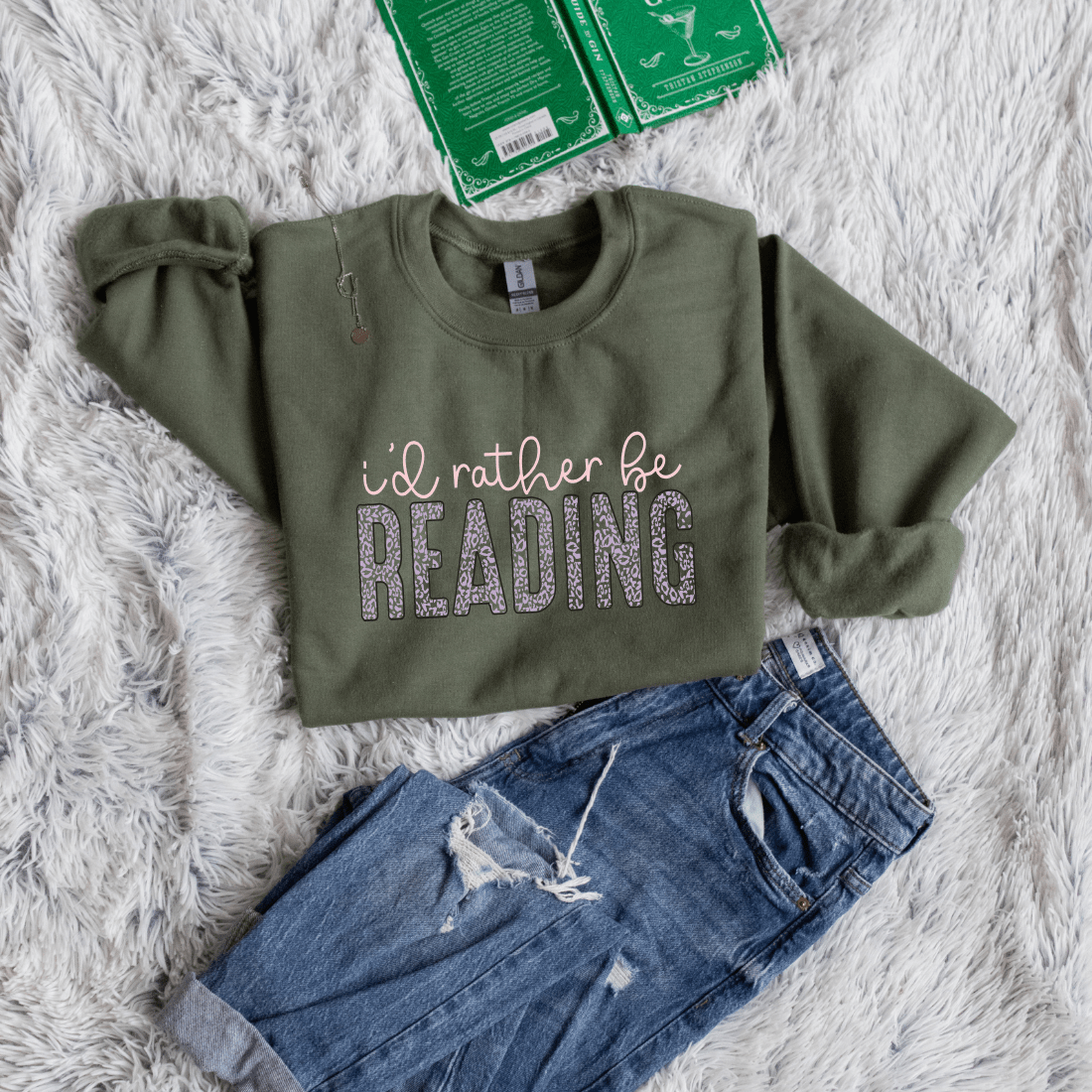
How to Read More Nonfiction (and Actually Enjoy It)
Table of content
-
1. Key Takeaways
- 1.1 Why People Struggle With Nonfiction (And How to Get Past It)
- 1.2 Start With Topics You Already Like
- 1.3 Nonfiction Doesn’t Have to Be Read Front to Back
- 1.4 Pair Nonfiction With Fiction or Visual Content
- 1.5 Use Tools to Help You Focus and Remember
- 1.6 Mix Up the Format (Try Audio or Digital)
- 1.7 Make It a Group Effort (Or Add Accountability)
- 1.8 Build a Nonfiction Habit That Actually Sticks
Key Takeaways
-
Choose engaging nonfiction topics
Makes reading less like homework and more like an adventure. -
Set small, clear goals
Helps build a routine without overwhelming you. -
Use notes and visuals
Aids in focus and memory retention. -
Mix reading formats
Audiobooks and ebooks offer new perspectives and flexibility. -
Read with others
Creates accountability and makes reading a social activity.
Why People Struggle With Nonfiction (And How to Get Past It)
Nonfiction often feels dense or academic, which leads many readers to lose interest quickly. Unlike fiction, where a narrative carries you forward with plot and character, nonfiction sometimes offers facts and data without an engaging story. This section discusses common problem areas and simple ways to overcome them.
- Identify the problem areas:Long, unbroken blocks of text Technical language without everyday explanation A tone that resembles a lecture rather than a conversation
- Solutions include:Choosing narrative nonfiction like memoirs or investigative stories Starting with topics that feel like personal narratives Breaking the reading into shorter sessions
For a list of engaging titles, check out 10 Books Every Book Lover Should Read at Least Once or discover ideas at Books That Help with Stress Relief.
By choosing the right nonfiction, reading becomes a tool for learning rather than a chore. Use a notebook or sticky notes to mark interesting points, and try summarizing after each section. This active approach makes nonfiction more enjoyable and useful.
Start With Topics You Already Like
Select nonfiction about subjects that interest you. If you enjoy discussions about history, science, or personal stories, choose books in those areas.
- Steps to guide your selection:Write down three topics you are curious about. Look for books that explain these subjects clearly. Ask friends or book club members for recommendations.
For more ideas, visit our Christmas Gift Ideas for Book Lovers, which can inspire engaging reads.
Reading nonfiction about subjects you already love makes the experience natural and enjoyable, keeping your curiosity alive and motivating you to explore more.
Nonfiction Doesn’t Have to Be Read Front to Back
You don’t need to follow a strict reading order with nonfiction. Use indexes, summaries, and tables of contents to jump to the sections that interest you most.
- Strategies include:Skimming through chapters for key points Reading summaries to understand main ideas Skipping overly detailed sections
This flexible approach lets you navigate complex material efficiently, ensuring you absorb only what interests you.
Mark important pages with sticky notes or use bullet lists to summarize points. This method makes nonfiction easier to navigate and understand.
Pair Nonfiction With Fiction or Visual Content
Pairing nonfiction with lighter content or visuals can make reading more dynamic and enjoyable.
- Benefits of pairing:Adds variety to your routine Provides different perspectives on the same topic Breaks up dense information with visual aids
For example, if you’re reading a historical biography, try a historical novel from the same period. Use visual infographics or documentaries for added context. External resources like History.com provide helpful visual supplements.
This pairing enriches your reading experience and makes the content more accessible and engaging.
Use Tools to Help You Focus and Remember
Proper tools can enhance your nonfiction reading experience.
- Essential tools include:Highlighters and sticky notes for marking key ideas Notebooks or note apps to write down summaries E-readers with annotation features for digital reading
For example, use apps like Notion or Evernote to keep your notes organized. You might also visit How Your Brain Develops While Reading to explore the benefits of active note-taking.
Summarize key points in bullet lists and review your notes after each session. This active engagement helps solidify your understanding and memory of what you read.
Mix Up the Format (Try Audio or Digital)
Different formats can transform your nonfiction reading experience.
- Formats to try:Audiobooks: Listen during commutes or chores. Ebooks: Benefit from adjustable fonts and search features. Print Books: Enjoy a tactile reading experience.
Experiment with various formats to see which helps you absorb information best. Mixing formats can prevent boredom and adapt reading to your daily schedule.
Try listening to an audiobook version while you perform other tasks, then switch to an ebook or print version when you have more time to focus. This flexibility keeps reading fresh and enjoyable.
Make It a Group Effort (Or Add Accountability)
Reading nonfiction alone can sometimes be slow. Engaging with others can make the experience more interactive.
- Ways to add accountability:Start a nonfiction book club with friends Partner with someone to share notes and insights Join online reading communities
Using this guide to starting a book club can help you set up a group effort. Discussing what you read helps deepen your understanding and makes reading a shared activity.
Whether it’s a formal book club or a casual chat with a friend, discussing nonfiction can highlight new insights and reinforce your learning.
Build a Nonfiction Habit That Actually Sticks
Creating a steady reading habit is key to enjoying nonfiction regularly.
- Tips for building a habit:Set small daily goals (e.g., 10–15 minutes of reading) Read in a quiet, distraction-free place Stack your reading habit with another routine (like after breakfast or before bed) Keep your book or e-reader in a visible spot
Track your progress with a simple table:
| Day | Minutes Read | Notes |
| Mon | 15 | Noted key insights on history |
| Tue | 10 | Learned a new strategy for focus |
| Wed | 20 | Covered challenging topics briefly |
Consistency is key. Even small, regular reading sessions accumulate over time, turning nonfiction into an enjoyable and natural part of your daily routine.
What types of nonfiction are best for beginners?
Memoirs, narrative histories, and true crime stories are often more engaging for new nonfiction readers.
How can I prevent boredom when reading nonfiction?
Mix up formats, take notes, use visuals, or discuss the book with someone.
Is it okay to skip around in nonfiction books?
Yes. Use the table of contents and index to jump to the parts that interest you most.
Should I read nonfiction cover to cover?
Not necessarily. Skimming or reading selected sections can be effective and enjoyable.
What tools help me remember what I read?
Highlighters, sticky notes, and digital note-taking apps like Notion or Evernote can be very useful.







